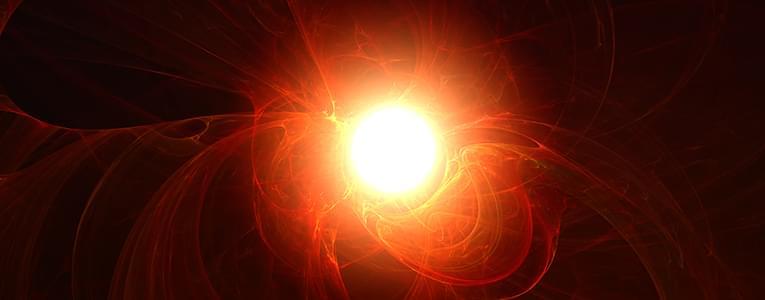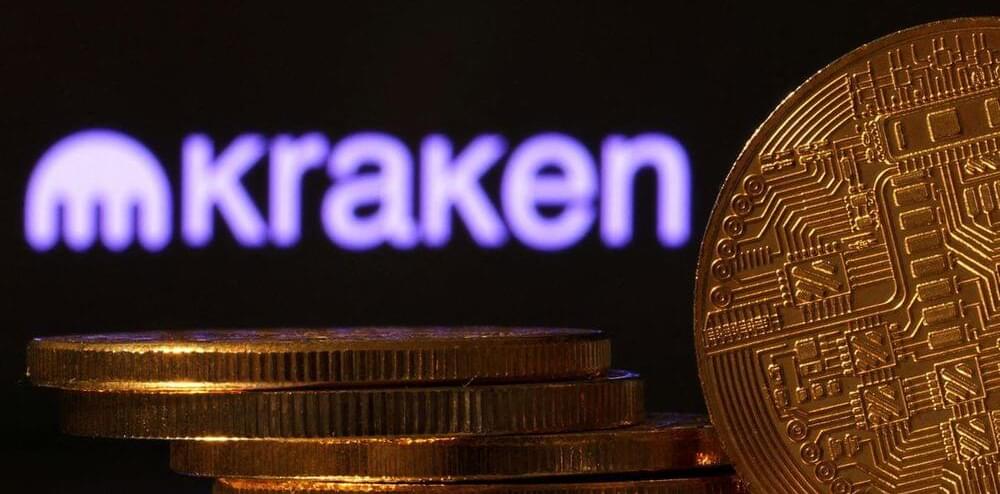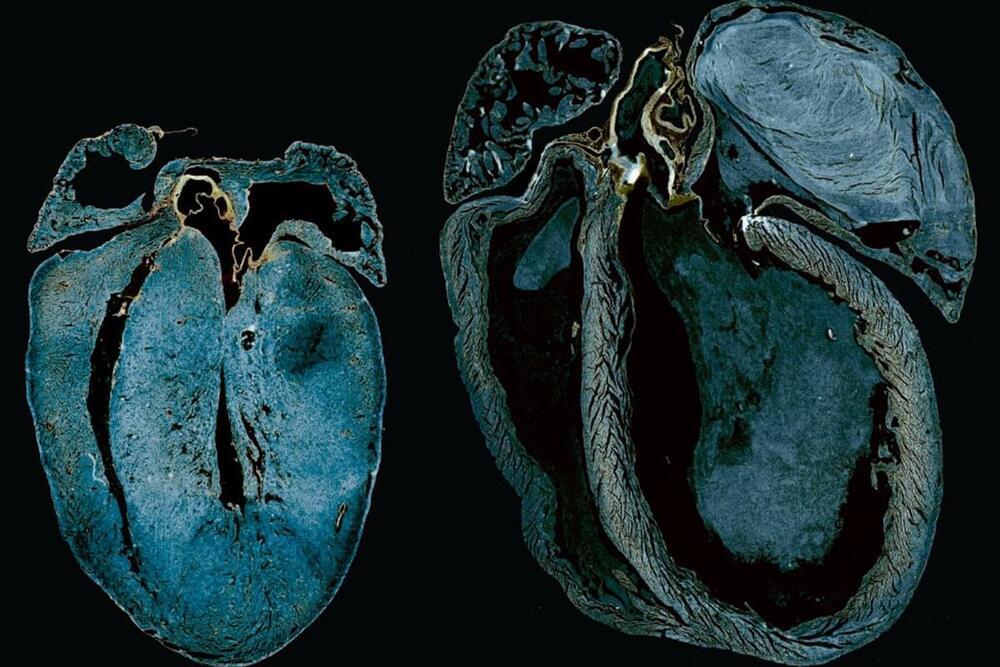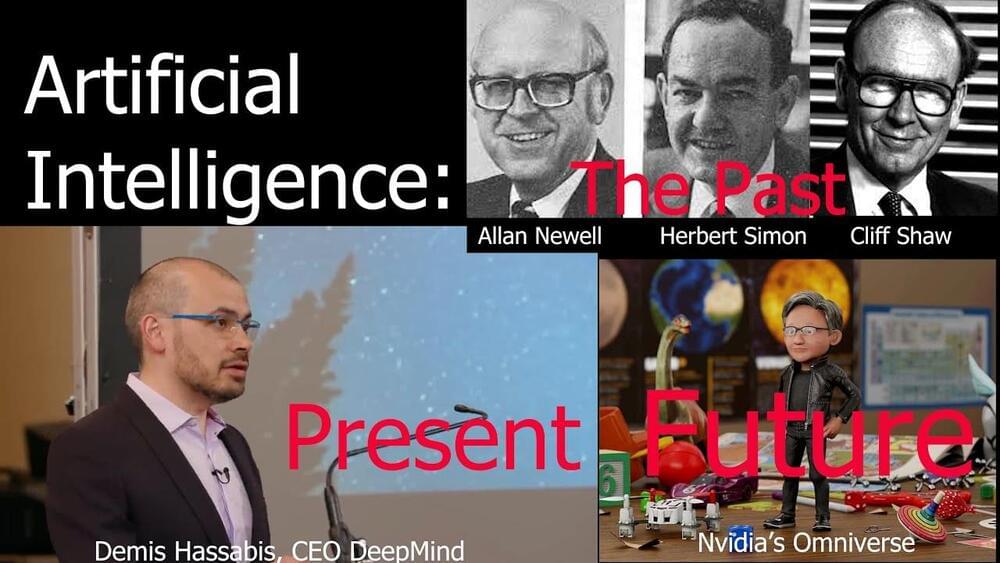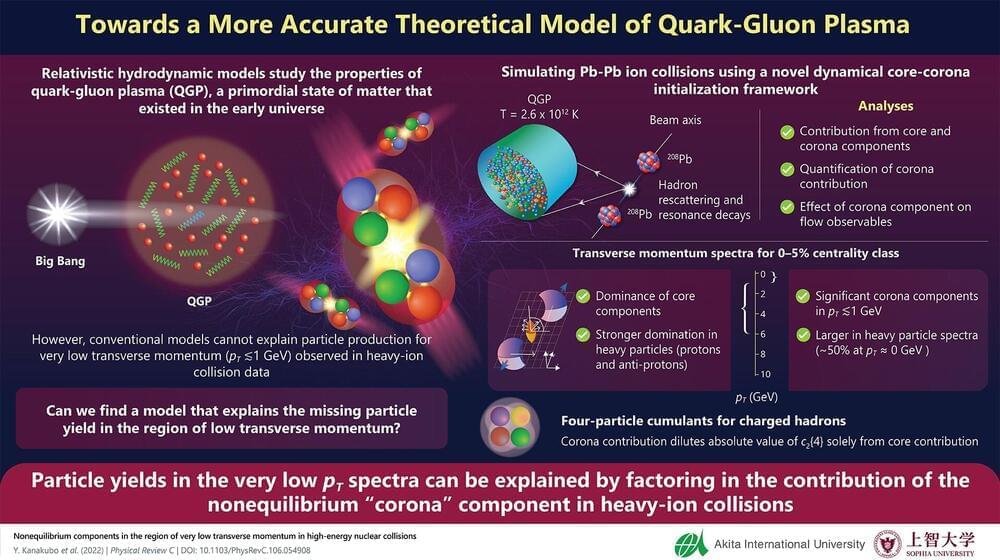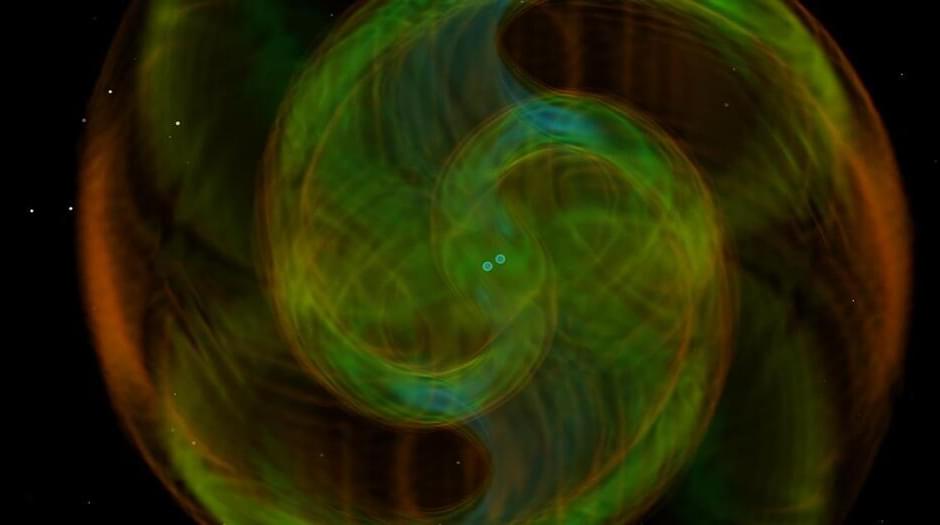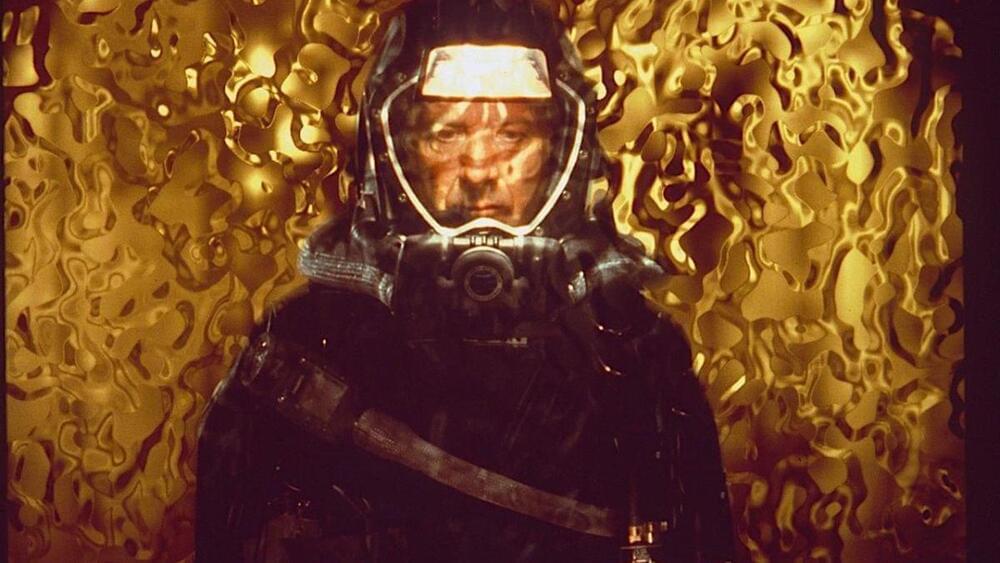Feb 14, 2023
Physicists Say Aliens May Be Using Black Holes as Quantum Computers
Posted by Paul Battista in categories: alien life, computing, existential risks, quantum physics
If life is common in our Universe, and we have every reason to suspect it is, why do we not see evidence of it everywhere? This is the essence of the Fermi Paradox, a question that has plagued astronomers and cosmologists almost since the birth of modern astronomy.
It is also the reasoning behind the Hart-Tipler Conjecture, one of the many (many!) proposed resolutions, which asserts that if advanced life had emerged in our galaxy sometime in the past, we would see signs of their activity everywhere we looked. Possible indications include self-replicating probes, megastructures, and other Type III-like activity.
Continue reading “Physicists Say Aliens May Be Using Black Holes as Quantum Computers” »
